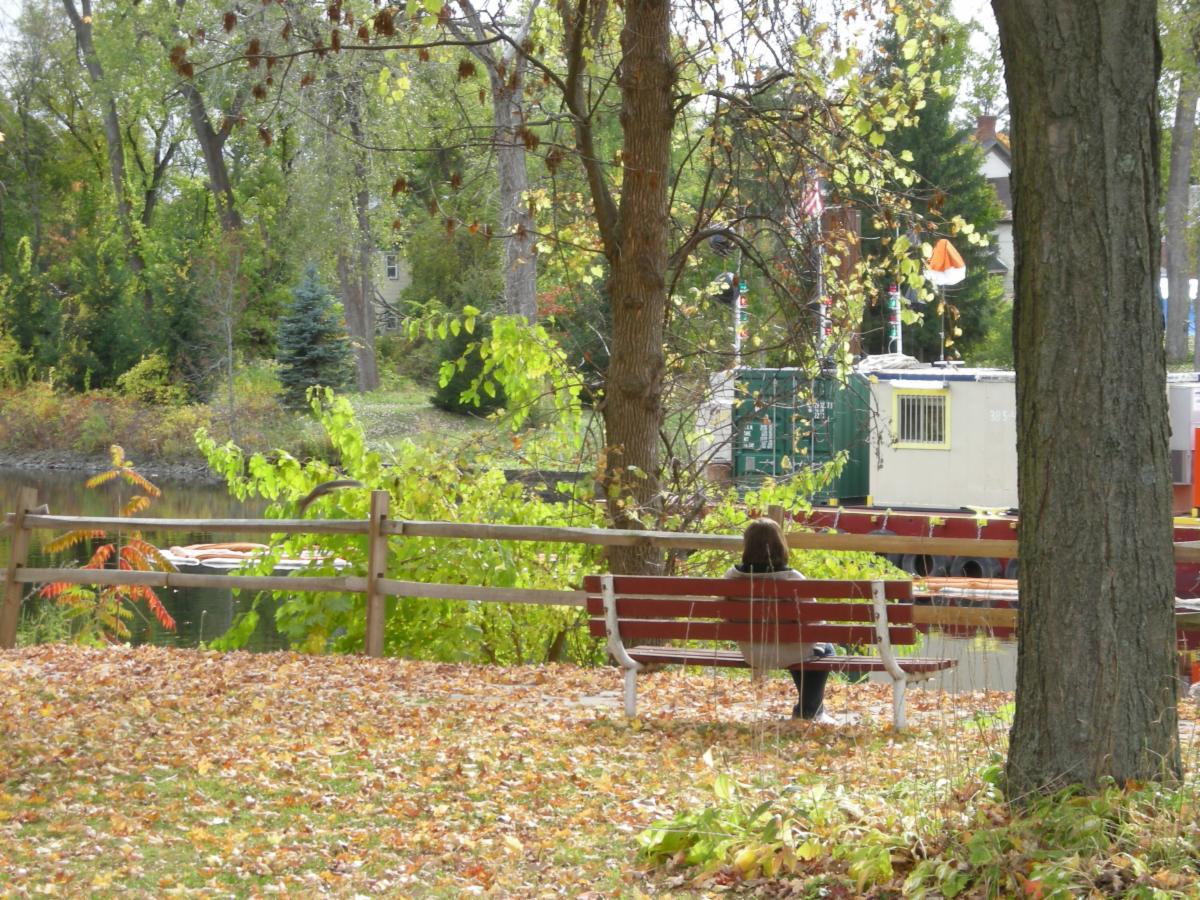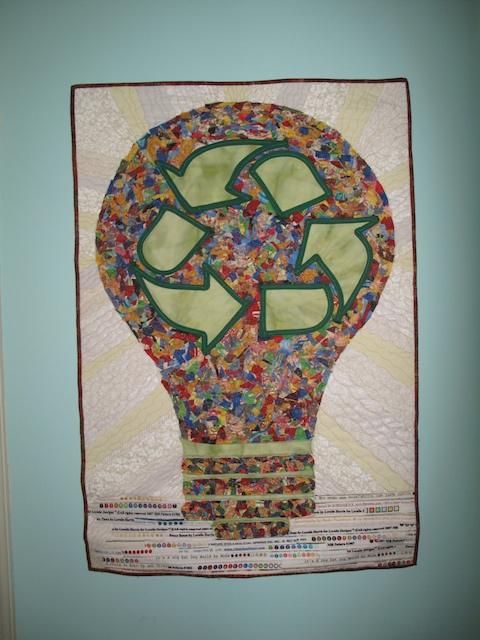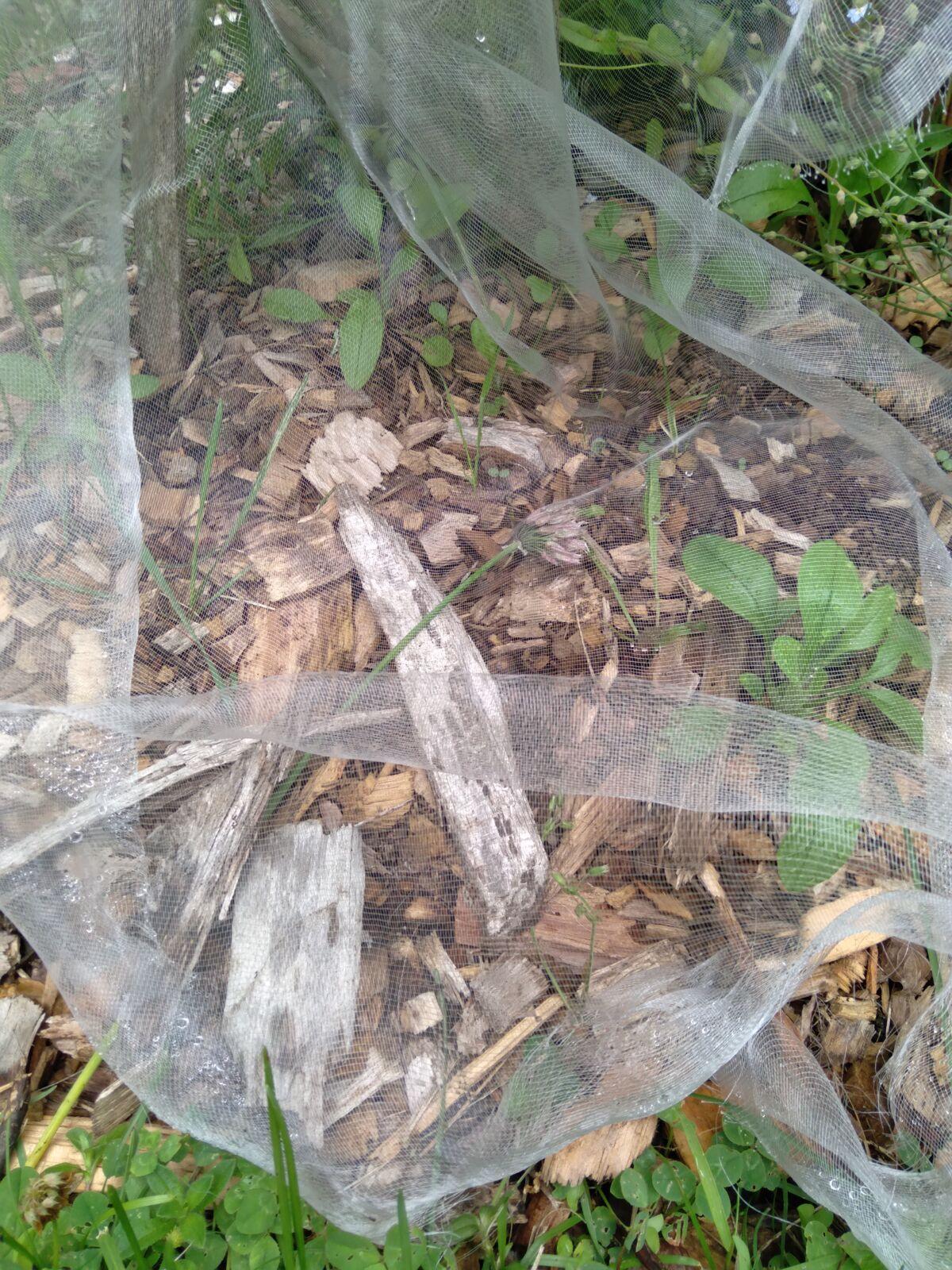
It’s not uncommon that people feel a little bit shy and awkward when they do their first—or even their second or third—Global Earth Exchange. There is little precedent, after all, for going out to a damaged place-and even being so bold as to invite friends to go with you—and then suggesting that everyone not only find some beauty there but make beauty as well. What if it’s just all too weird? What if you can’t think of the right things to say? But as Ana Simeon of Vancouver Island, British Columbia discovered last summer, there is something about this ceremony of reconnecting with place in a generous, mindful way that engages people without our having to do that much at all.
A place Ana loves is the Peace River Valley, and she grieves because it is currently being torn up so a hydroelectric dam can be installed there. Cottonwoods are being cut down, and toppling with them are eagles’ nests. Fertile topsoil has been stripped. River islands, home to beavers, deer, and elk, have been destroyed. Indigenous and farm families have been evicted from their land. Sometimes she feels such grief that she can hardly bear to think about the place. “It’s like a deep dive to a painful place, an underwater rock. But every now and then I am compelled to dive down to the rock.”
Last July Ana attended a Feast for Grieving the Peace, organized by the West Moberly First Nation. After the feast several members of the group gathered for a Global Earth Exchange. People spread out and started being absorbed by the place. A little girl carefully picked wildflowers. Somebody brought a basket of toy boats left over from a community fundraiser. Others collected rocks, driftwood, and wild grasses with waving tassels.
At first Ana felt shy about offering her Earth Exchange. “I didn’t know any of the others, except my husband Tom. I was supposed to say a few words to get us started, but I doubted my ability to inspire and guide people to a place of depth and meaning, the way an Indigenous elder had done the year before. But as more people joined the circle with beautiful and unusual bouquets and artwork, I let go. I had expected to feel grief and sadness, but I didn’t. I felt joyful and happy to be in the presence of the river again. The sheer mass and power of the flowing water echoed through my whole body. When I looked around the circle, I saw joy and gratitude mirrored on many faces around me.”
A couple of people waded into the water. The little girl launched her boat, but the shallows swirled it around, so it couldn’t move forward. An older man challenged the child’s father to jump in the water and make things right. And then, says Ana, “Whooping and hollering, they both did, and swam out to release all the boats into the main current. We looked on as the flower-decked flotilla floated quietly downriver.”
We are deeply connected to our places on Earth. The simple ceremony of the Earth Exchange makes it possible to come into the presence of our love, our creativity, our joy, and our sorrow about these places. When we allow ourselves to do so, the place itself and the others who love it show us what to do next.
Click here to read Ana’s full story.
Image Credit:
- Simeon 2019: Ana Simeon
MORE RADICAL JOY REVEALED
“There’s No Wounding Here”
Every now and then, around this time of year, in the weeks leading up to the Global Earth Exchange, someone emails to tell me they’d like to participate in our annual event of giving beauty [...]
Do It Though No One Notices
A young woman I know who lives in North Carolina considers herself an ardent environmental activist. She belongs to the Sierra Club and The Wilderness Society, works for an organization that runs therapeutic wilderness programs [...]
In Memory of a Cardinal
Radical Joy for Hard Times has always urged our members around the world to give attention and beauty to those places and beings that have meaning for them. It’s not necessary to seek out some [...]


